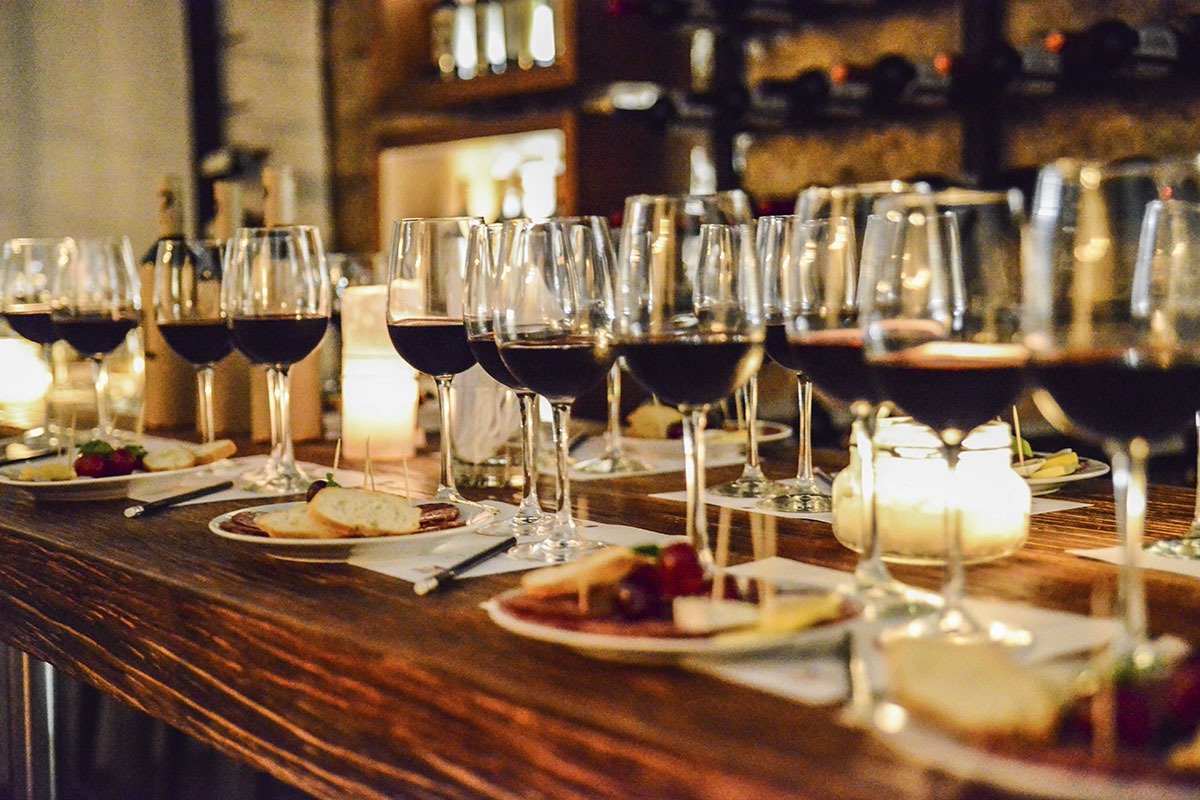We have come to realize there is an art to tasting wine, especially if it involves doing it while not being able to see what wine it is. Tasting a wine blind involves many things, but the most important ones are the sight, the smell and the taste of the wine.
Blind Wine Tasting:
It might seem like it’s just a trend because nowadays everyone is doing it, but if you ask us, it’s here to stay. Tasting wine blind is really one of the best ways to understand a wine and to form your own personal opinion about the wine (without the prejudice of the label or cost or even the memories of past experiences with a certain wine). You might also like double-blind tastings. It means that you won’t know anything about the wine (maker or origin) before it is poured.
Tasting a wine blind allows you to focus on the wine and the wine only. If you already know the origin of the wine, then you can attempt to identify the aromas and flavors in the wine.
At plain sight, the color, the pigmentation and the viscosity of the wine will give you a first batch of useful information. Wines are different, especially by their color. The variety of grapes used to produce a certain wine will determine its color. From light to golden, peachy to red and from purple to almost black, the color of a wine provides more information than you can imagine about the brand and origin.
What about the viscosity?
You can tell about a wine’s viscosity by the way the wine clings to the side of the glass. A wine that’s high in viscosity indicates there are higher levels of sweetness (because of the glycerine). Viscosity will also help you judge the level of alcohol in the wine. The higher the alcohol, the more noticeable the legs are. By legs we mean the tears of wine that crawl back towards the wine when you move it in the glass.
What’s next?
The pigment and the aroma. Usually white wines gain color as they age. Red wines lose color as they age. Regarding the aroma of the wine, that is a little bit more complicated. Your palate can differentiate 5 different tastes and but your nose can identify more than 160 different aromas (and up to 180). The aroma of the wine will be the most important factor to determining what kind of wine it is. Even when you have tasted your fair share of wines, experience and practice will help you discern even better.
Don’t worry too much about it. Remember it’s about having fun and learning new things. A wine that has just one flavor or one aroma is called simple, while wines with many flavors and aromas are considered to be complex. Complexity is a sign of quality. These are all clues to the wine’s origin, style and age.
At the end, all the pieces of the puzzle will fit in. Remember that making a correct assessment of any wine is never easy. Sometimes you’ll get it wrong. Sometimes you’ll get it right (and feel like the king of the world). As you gain more and more experience, you’ll be able to surprise yourself.


